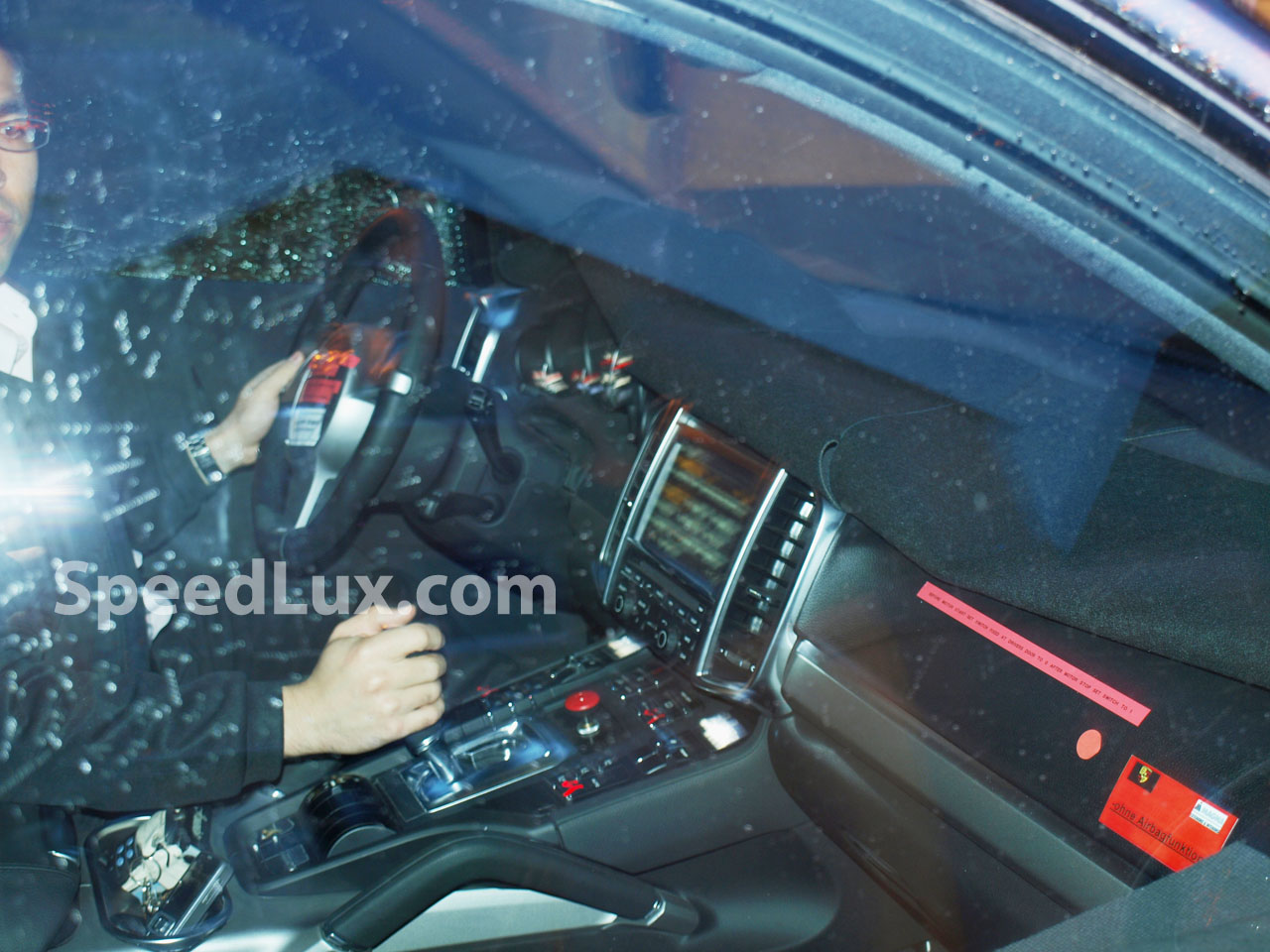New Cayenne - 2010
Next year’s Cayenne will have a much more curvaceous and fluid exterior, to bring it further into line with the design language used on the 911. The bonnet is 911-shaped, tapering to a narrow opening between the redesigned headlights. Wrap-around lozenge-shaped tail lights also give the Cayenne a hint of 911 at the rear. Under the skin, the biggest changes will be the reworked direct-injection V8 engines first seen in the Panamera.
Cayenne Hybrid - 2011
Porsche is in desperate need of a hybrid for the Cayenne range, and although this model was signed off last year, it is not expected to go on sale until 2011. The company says the car will use a “full parallel hybrid system”, and there will be the option of running the vehicle for a short distance in ‘zero emissions’ mode. Porsche is claiming economy improvements of up to 30 per cent, and impressive performance when both the engine and electric motor are propelling the Cayenne.
Autocar
Next year’s Cayenne will have a much more curvaceous and fluid exterior, to bring it further into line with the design language used on the 911. The bonnet is 911-shaped, tapering to a narrow opening between the redesigned headlights. Wrap-around lozenge-shaped tail lights also give the Cayenne a hint of 911 at the rear. Under the skin, the biggest changes will be the reworked direct-injection V8 engines first seen in the Panamera.
Cayenne Hybrid - 2011
Porsche is in desperate need of a hybrid for the Cayenne range, and although this model was signed off last year, it is not expected to go on sale until 2011. The company says the car will use a “full parallel hybrid system”, and there will be the option of running the vehicle for a short distance in ‘zero emissions’ mode. Porsche is claiming economy improvements of up to 30 per cent, and impressive performance when both the engine and electric motor are propelling the Cayenne.
Autocar


























































Comentário